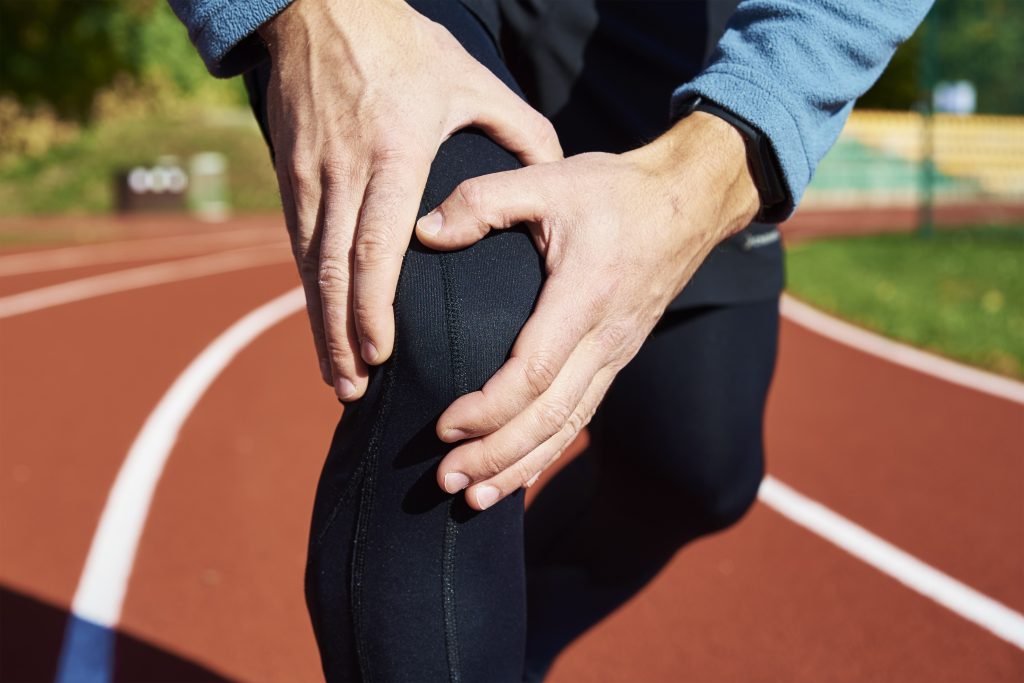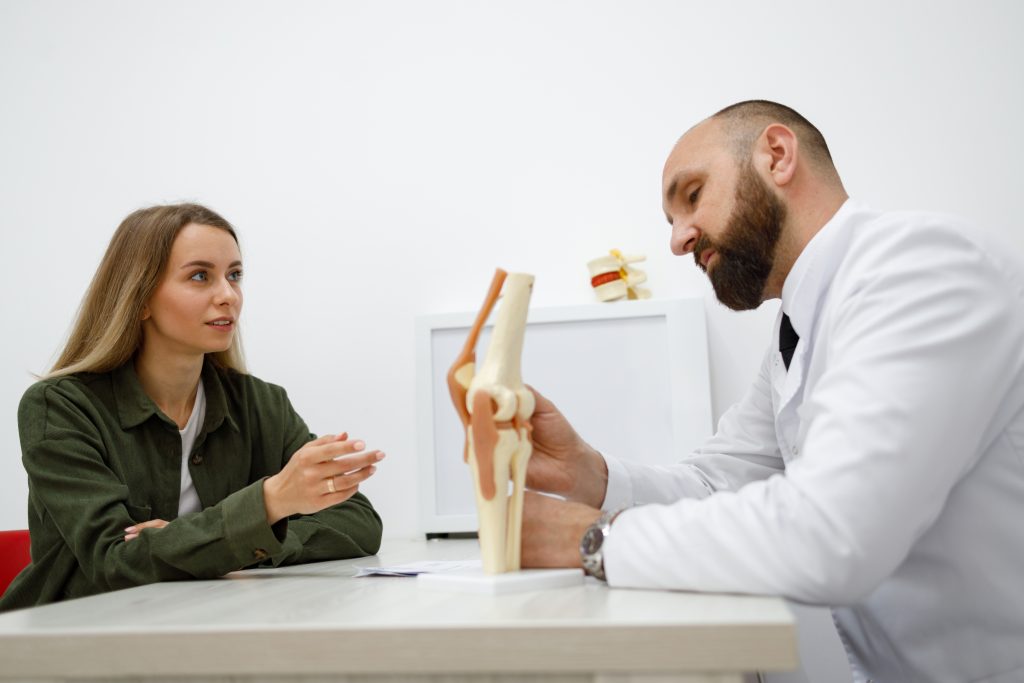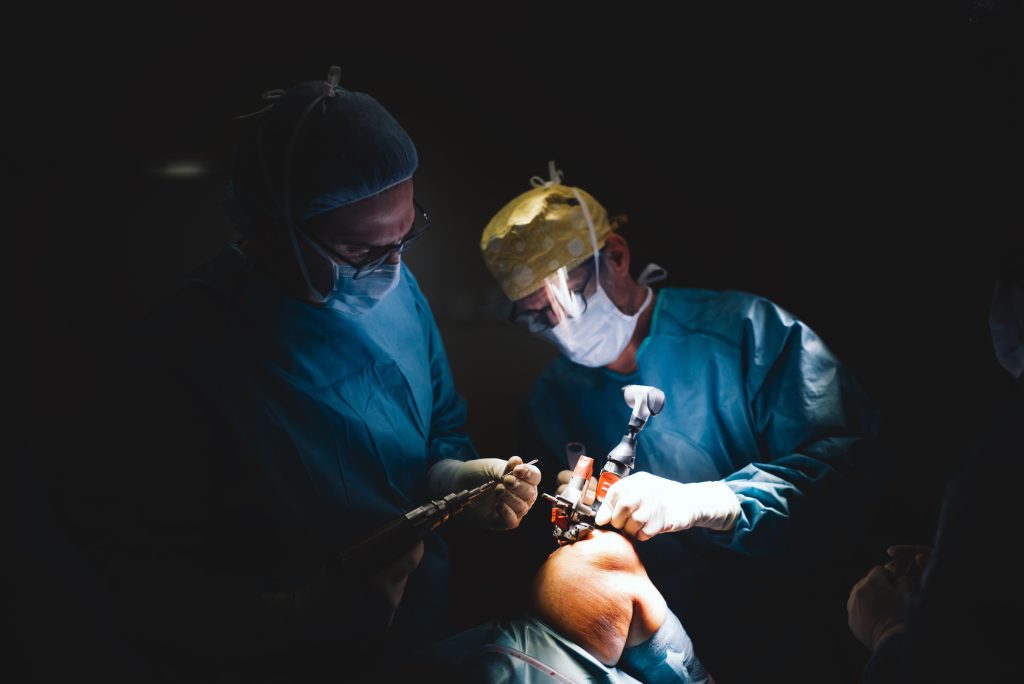Arthroscopic Knee
In the field of medicine, arthroscopic knee is a type of surgery that is less invasive. It is used by healthcare professionals to both diagnose and treat various knee injuries. To perform this procedure, the healthcare provider creates a small cut and then introduces a thin and lengthy tool equipped with a camera. This camera captures pictures of the inner part of the knee, which aids the healthcare provider in making an accurate diagnosis of the injury.

Why is Arthroscopic Knee performed?
These knee problems may require the use of arthroscopy:
- A torn meniscus refers to damaged cartilage that provides padding between knee bones. Surgery is performed to either repair or remove the affected portion.
- A torn or injured ACL or PCL.
- The synovium, also known as the lining of the joint, becomes swollen or damaged.
- A misalignment of the kneecap (patella) occurs when it is not in its proper position.
- Tiny fragments of fractured cartilage within the knee joint.
- A Baker cyst, also known as a popliteal cyst, is a fluid-filled swelling located behind the knee. Inflammation, often caused by conditions such as arthritis, can sometimes lead to the development of this problem, resulting in swelling and pain.
- Fixing or rebuilding imperfections in cartilage.
- Some fractures of the bones of the knee.
Before performing Arthroscopic Knee

It is important to always inform your healthcare provider about all the medications you are currently using, including over-the-counter drugs, supplements, or herbal remedies.
During the 2 weeks before your surgery:
- It might be advised for you to discontinue the use of medications that can impede blood clotting. These medications can include aspirin, ibuprofen (Advil, Motrin), naproxen (Naprosyn, Aleve), as well as other substances that thin the blood.
- Inquire about which medications you should continue taking on the day of your surgery.
- Inform your healthcare professional if you have consumed excessive amounts of alcohol, exceeding one drink per day for women or two drinks per day for men.
- If you are a smoker, make an effort to quit the habit. Seek assistance from your healthcare professional for support. Smoking has the potential to hinder the process of healing wounds and bones, as well as increase the likelihood of experiencing complications during surgical procedures.
- Before your surgery, it is important to inform your healthcare provider of any illnesses you may have, such as a cold, flu, fever, herpes outbreak, or any other health condition.
What happens during Arthroscopic Knee?
While undergoing the process, your medical professional:
This device will clean your leg and protect your knee by keeping it securely in place. Its function is to guarantee that your knee remains in the correct position during the entire process.
A small cut is made in your knee and a long metal tool called an arthroscope is inserted into the cut. The arthroscope has a camera at the end and the images captured by the camera are displayed on a screen in the operating room.
Examines the pictures displayed on the screen and utilizes them to identify injuries and direct the course of action. In the event that surgical intervention is necessary, your medical professional creates additional openings in your knee and introduces minuscule instruments through them.

Specially designed tools are used by your healthcare provider to repair torn tissues, remove damaged bone or cartilage, and eliminate inflamed or damaged tissues.
The incisions are sealed with either stitches or small bandages, and your knee is covered with a bigger bandage or dressing.
What Is Recovery Like After a Arthroscopic Knee?
The surgery is not highly intrusive. It typically lasts less than an hour, depending on the specific type of surgery. Afterward, it is likely you will be able to return home on the same day and begin your recovery. It is recommended to apply an ice pack and dressing to your knee. The ice will aid in reducing swelling and alleviating your discomfort.
It is important to have someone take care of you at home, especially on the first day. It is recommended to elevate your leg and use ice for a day or two to minimize swelling and discomfort. Additionally, you will need to regularly change the dressing. Your doctor or surgeon will provide instructions on when and how long to do these tasks. It is likely that you will need to schedule a follow-up appointment with your surgeon a few days later.
Your doctor will provide you with a set of exercises to do at home, which will assist in the recovery of your knee. Alternatively, your doctor may suggest seeing a physical therapist until you are able to use your knee without any issues. These exercises are crucial for restoring full mobility and strengthening your muscles. By taking appropriate care, your recovery after the procedure is expected to be very positive.
Exercises
Exercises can be beneficial both prior to and following Arthroscopic Knee surgery. Collaborating with a physical therapist is recommended to enhance the strength of the knee muscles, promoting a complete recovery.
In addition, doctors can provide instructions for basic stretches and exercises that individuals can perform in their own homes.
Physical activities are an essential component of the treatment process, as they play a significant role in rebuilding the knee’s complete strength and enhancing its range of motion.
The exercises that should be chosen will vary depending on the severity of the issue and the individual’s overall health. It is crucial to consult with a medical professional or a physical therapist before attempting any exercises at home.
Treatment in Türkiye:
The medical staff of surgical teams, doctors, and consultants at REHABTÜRK can provide the best treatment options and free consultations, striving to stay up-to-date on the latest medical technologies and methods.
